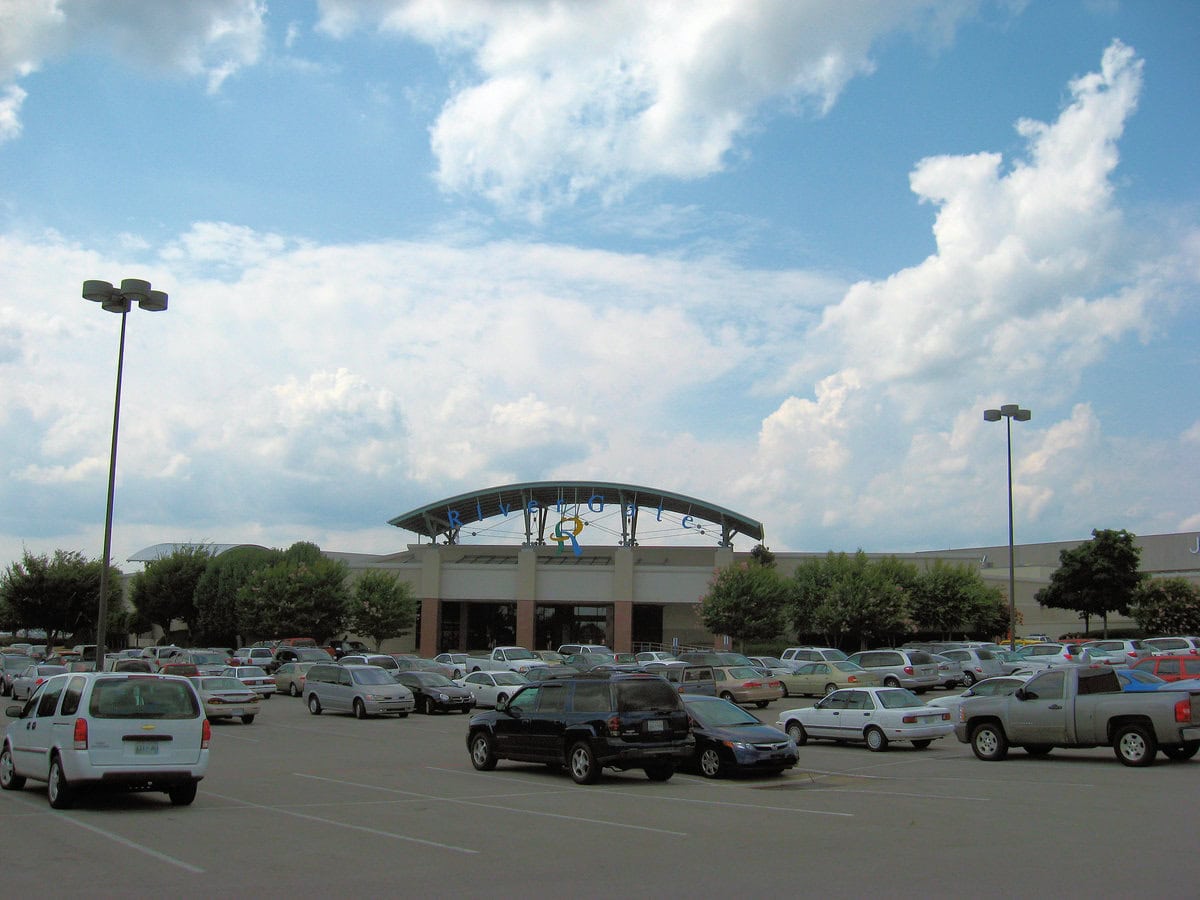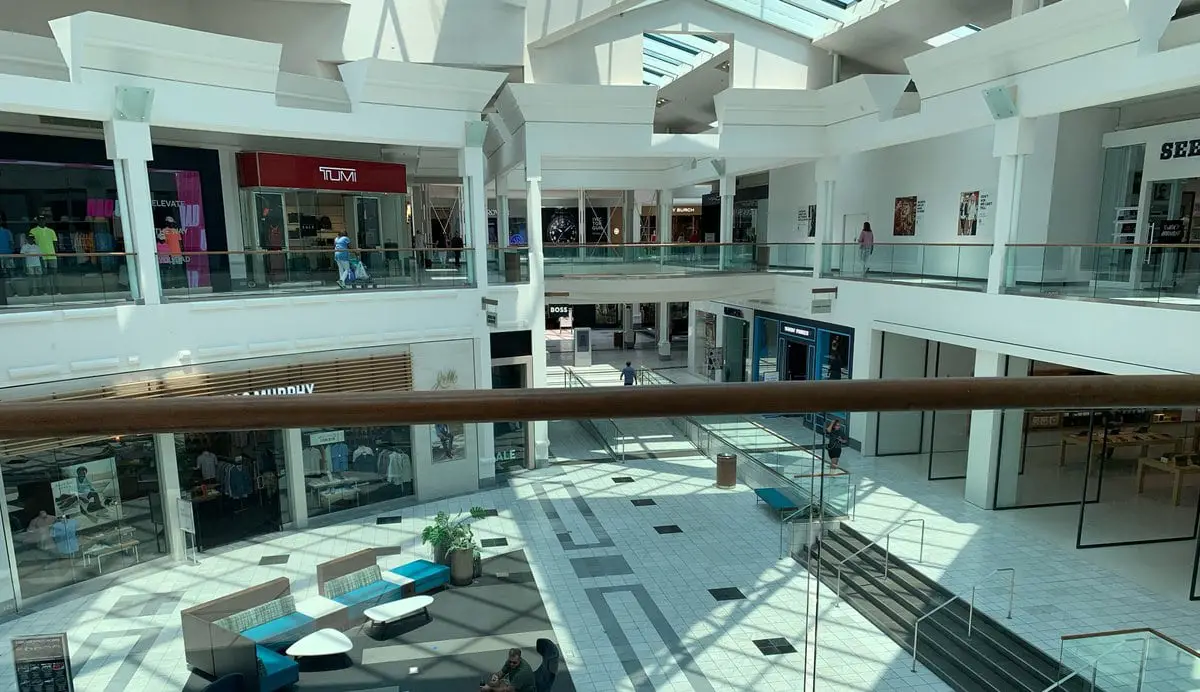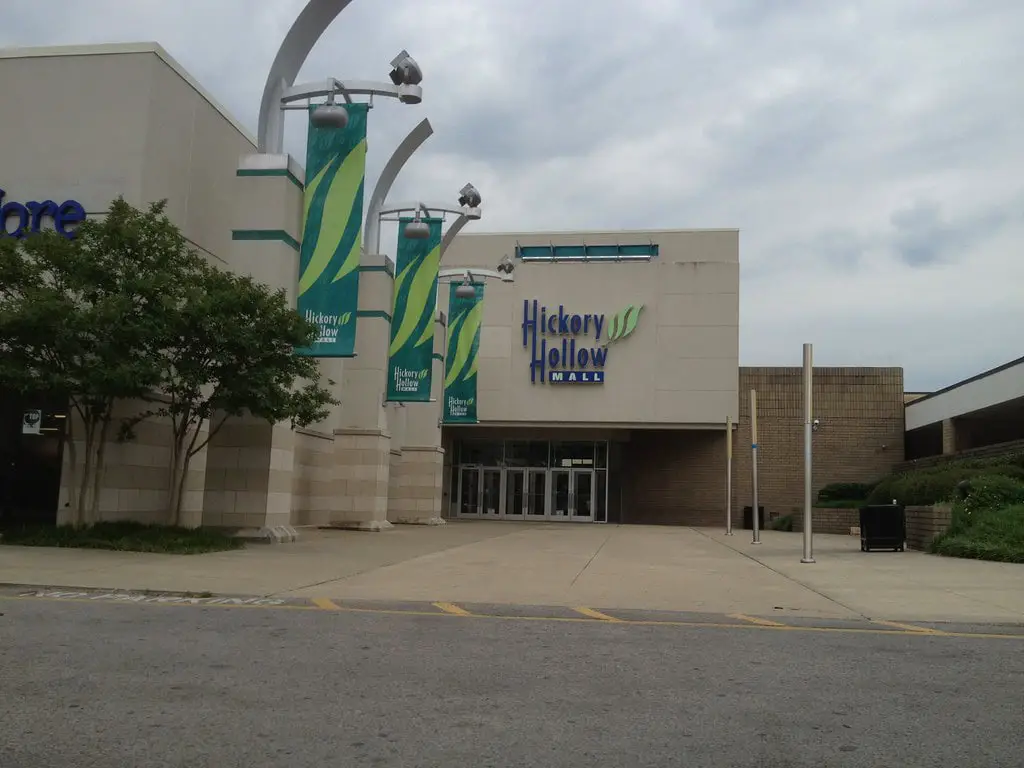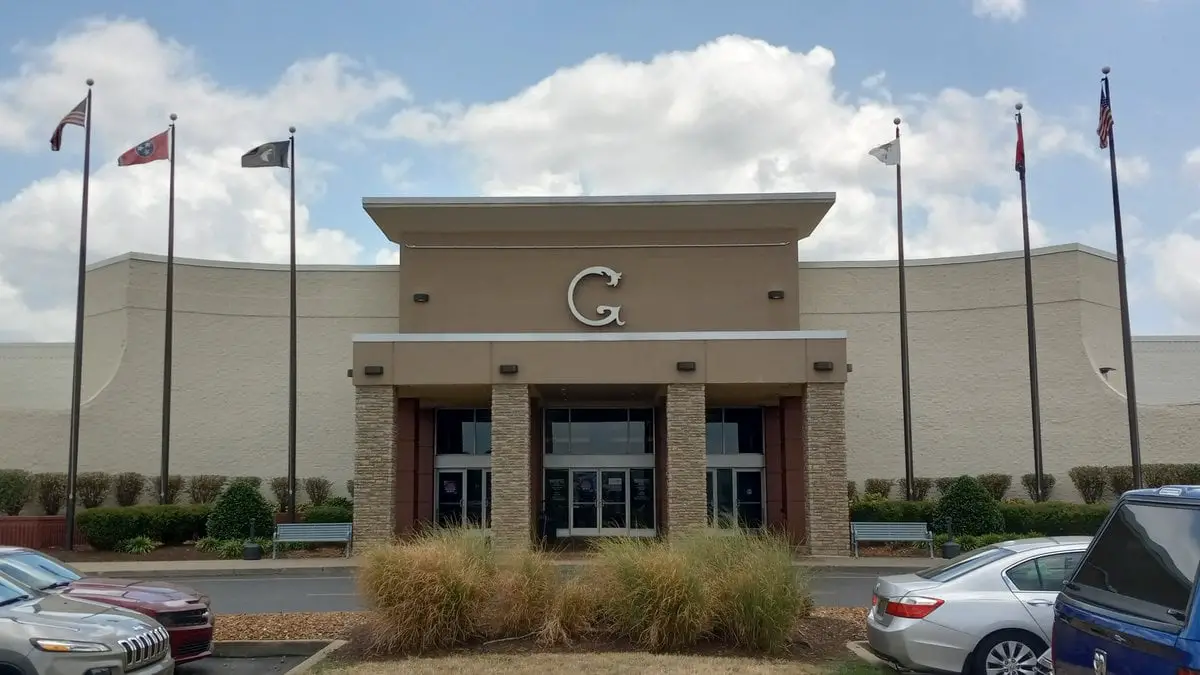From Opryland to Opry Mills
For a quarter century, Opryland USA was Nashville's own amusement park, a cheerful sprawl of country-themed rides and live music that framed the city's self-image as the "Home of American Music."
When it opened on May 27, 1972, just six months after Disney World, it wasn't meant to rival Orlando.
It was meant to extend the Grand Ole Opry into daylight, to turn the Opry's radio mystique into a place families could stroll, snack, and hear fiddles under the Tennessee sun.
By the late 1980s, the park drew roughly two million visitors each season.
Its water rides, coasters, and country acts were stitched together with a mild civic pride.
The park was a habit more than a spectacle, a rite of spring and summer.
But as theme parks shifted toward billion-dollar immersive experiences, Opryland's modest charm started to look dated against competitors like Universal Studios.
In November 1997, Gaylord Entertainment, which owned the park, the Opry, and the Opryland Hotel, made the call: Opryland USA would close at year's end.
Its final day of operation was December 31, 1997.
Gaylord would team with The Mills Corporation to replace it with something that promised higher returns, Opry Mills, a 1.2-million-square-foot retail and entertainment complex.
"We're building a new entertainment tradition," said Gaylord's CEO at the time.
The message was blunt: retail could do what nostalgia could not, stay open all year.
The Great Transition
Construction began in October 1998.
The theme park was gone, but its address, by the Cumberland River, a stone's throw from the Opry House, remained valuable.
The project cost about $200 million, with Gaylord contributing the land and Mills designing the kind of high-energy shopping center it had pioneered elsewhere: a racetrack-style mall packed with big anchors, outlets, and spectacle.
When Opry Mills opened on May 12, 2000, an estimated 100,000 people flooded through its doors.
That first day alone brought in about $3 million in sales.
Inside were 185 stores, a Regal Cinemas with IMAX, Bass Pro Shops Outdoor World, a Rainforest Café, an Aquarium Restaurant, Dave & Buster's, and a Gibson Bluegrass Showcase where Opry musicians occasionally played.
It was, in effect, an indoor amusement park for a new century: less twang, more commerce.
Gaylord sold its remaining interest in 2002 for about $30.8 million, confirming that its ambitions were financial, not sentimental.
Mills Corporation took full control, and Opry Mills became one of its flagship properties.
For several years, the experiment seemed to work.
Attendance topped 10 million annually, far beyond the park's best seasons.
But the early 2000s were not kind to overleveraged real estate empires.

The Simon Years
Mills Corporation ran into financial trouble, and in April 2007, Simon Property Group, the largest mall operator in the country, bought the company in a joint venture with Farallon Capital.
Opry Mills became part of Simon's Mills division, a group of destination-style malls spread across the United States.
Under Simon's control, Opry Mills doubled down on its role as both a tourist attraction and a value shopping center.
By the end of the 2000s, it was the biggest retail complex in Tennessee.
Tour buses from across the country stopped there, and travelers flying into Nashville often visited before even reaching downtown.
The mall's position between Interstates 40 and 65 made it an easy detour, wedged neatly between the airport and the Grand Ole Opry.
The setup worked well: high-traffic outlets for tourists, steady anchor stores for locals, and a mix of dining options for everyone in between.
In May 2010, everything changed when the Cumberland River overflowed its banks.
The Flood
It rained for 36 hours. Nearly 14 inches fell on Nashville.
The Cumberland crested at 51.86 feet, higher than anyone had seen since the dam system was built.
Water spilled over its banks and filled the Opryland complex. The hotel flooded.
The Opry House flooded. And Opry Mills, every one of its 1.2 million square feet, went under.
Some parts of the mall were submerged beneath ten feet of water.
Merchandise, wiring, furniture, everything ruined. For days, the only way in was by boat.
About 3,000 workers were suddenly out of jobs.
Before the flood, the mall had generated nearly $280 million a year in sales; afterward, it generated nothing at all.
Bass Pro Shops gutted and reopened within months, but the rest of the mall stayed closed.
In September 2010, Simon halted reconstruction altogether while it sued its insurers for refusing to pay the full $200 million in flood coverage.
The insurers claimed the site's location in a "high hazard flood zone" capped the payout at $50 million.
The litigation would last for years and, eventually, end badly for Simon.
But first, the mall had to come back to life.

The Rebuilding
In April 2011, Simon announced it had secured financing to rebuild Opry Mills even as the lawsuits continued.
Crews returned that spring. Cooper Carry, the original architects, were brought back to modernize the design.
The renovation required new electrical systems, flooring, and finishes throughout.
Roughly half the mall's electrical equipment had been destroyed.
Up to 70 technicians worked daily, racing to reopen before the second anniversary of the flood.
On March 29, 2012, Opry Mills reopened to the public.
The celebration stretched into May, capped by a free outdoor concert from country singer Josh Turner.
The price tag: about $200 million in repairs.
The rebuilt mall looked cleaner and more conventional than before.
Gone were many of the Mills-era theatrical flourishes.
The color scheme lightened; the decor matured. Some tenants, like Barnes & Noble, never returned.
Others, such as Coach Factory Store and Michael Kors, arrived to fill the gaps.
Simon used the opportunity to reorganize the layout into themed wings: fashion, children's, and entertainment, reflecting how retail itself had changed.
The Legal Endgame
Simon's courtroom victory in 2011, which briefly granted the mall its full insurance claim, didn't last.
In January 2018, the Tennessee Court of Appeals ruled that Opry Mills' coverage really was capped at $50 million.
The state Supreme Court declined to hear further appeals that June. The decision effectively cost Simon $150 million.
By then, however, Opry Mills was back to doing what it was built to do: draw crowds.
Madame Tussauds Nashville opened inside the mall in 2017, the wax museum's first U.S. location devoted entirely to music.
It gave tourists another reason to come, even if they weren't shopping.
A steady lineup of new outlets and restaurants helped the mall hold its footing in an era when others struggled.
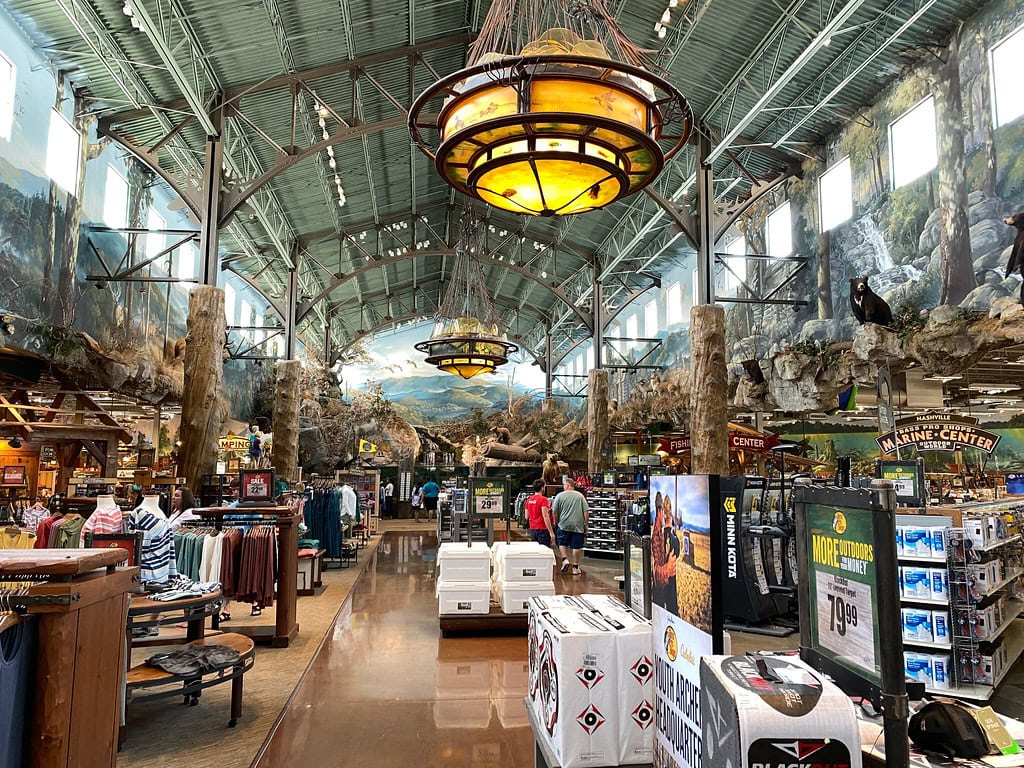
The Era of Upheavals
Since 2017, Opry Mills has faced nearly every challenge modern retail could throw at it.
There were two shootings inside the mall, one in 2018 and another in 2020, and a chaotic brawl in 2025 that sent shoppers running for the exits.
The COVID-19 pandemic forced the mall to close completely on March 18, 2020, and it stayed dark until May 11, the date of its 20th anniversary.
Flooding remains a risk for the property.
On May 9, 2024, the mall shut down early as the nearby Cumberland River began to rise after heavy rain.
Even with all that, Opry Mills continues to hold its place as one of Simon Property Group's most important assets.
Company reports still list it alongside The Mall at Green Hills as a key Nashville property.
In May 2025, the mall celebrated its 25th anniversary with local retrospectives that looked back at everything it had survived.
That same spring, the mall's lineup grew again. New tenants included Marc Jacobs, Sbarro, Pono, and JD Sports.
P.F. Chang's had opened in late 2024, and Tory Burch debuted its Nashville-only outlet in March 2025.
Through every disruption, Opry Mills has kept doing what it was built to do: add stores, attract crowds, and stay in motion.
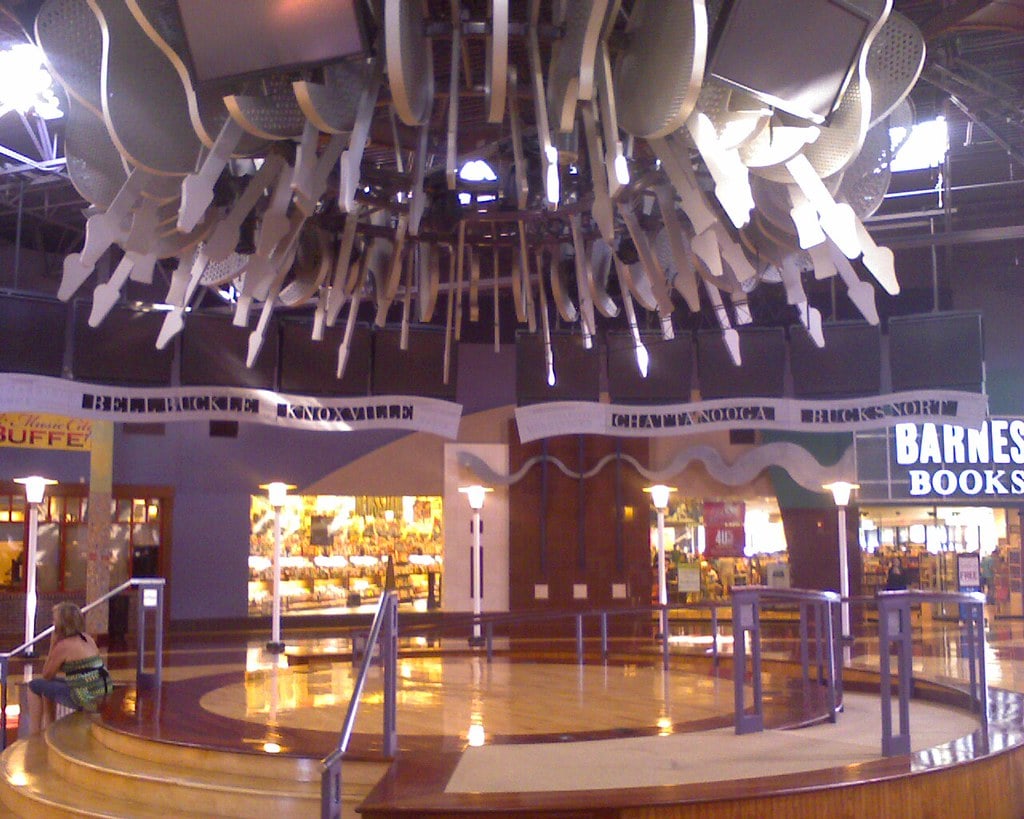
The Simon Expansion and the Future
In January 2025, Simon Property Group announced another major project for the region: Nashville Premium Outlets, a 325,000-square-foot complex planned for Thompson's Station, south of the city.
It will feature about 75 luxury retailers and a hotel, with construction expected to begin in 2026.
The move signals two things. First, Nashville's retail tourism market still has room to grow.
And second, Opry Mills, now the veteran, will have a new sibling rather than a rival.
At present, Opry Mills remains the largest outlet and value shopping destination in Tennessee.
About 200 stores and 20 restaurants operate within its single looping corridor.
Tenants include Off Broadway Shoe Warehouse, Nike, H&M, Old Navy, Bass Pro, Polo Ralph Lauren, T.J. Maxx, and The North Face.
Its entertainment side still matters: Regal Cinemas' IMAX screens, Dave & Buster's, and Madame Tussauds keep traffic steady long after retail hours.
The new Slick City Action Park is expected to open on 31 December 2025.
In a city increasingly known for rooftop bars and $600-a-night hotels, the mall's mix of affordability and spectacle feels almost retro.
It doesn't compete with Broadway's honky-tonks; it complements them, offering air conditioning and free parking to those who've had their fill of whiskey and neon.


